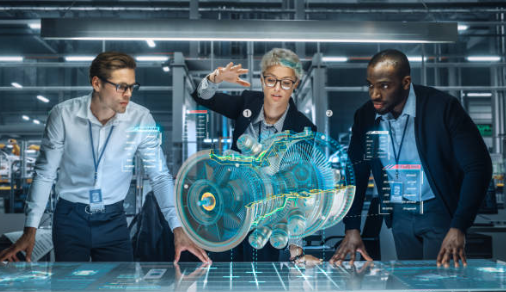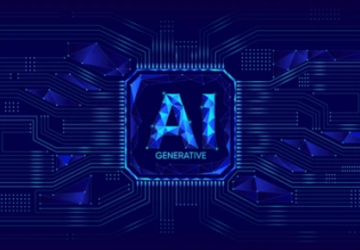In an industrial world where the complexity of projects and the quantity of data continue to grow, the ability to interpret, manage, and effectively use this information is crucial. Digital twins, such as SmartShape, present an innovative and effective response to the challenges of the industry, particularly in reducing operational risks.
The Current Industrial Context
Today, industries such as aerospace, naval, energy, and water treatment are facing increasing challenges in terms of data management and operational risks. These sectors, managing projects of unprecedented complexity and scale, must navigate through a sea of often fragmented and siloed data. This lack of integration not only leads to inefficiencies but also increases the risks of costly errors and delays.
The exponential increase in data volume generated by these industries requires solutions that can not only securely store and manage this data but also make it accessible and understandable to all stakeholders. The ability to visualize and analyze this information in real-time becomes a crucial requirement for quick and informed decision-making, essential in environments where conditions can change rapidly.
Moreover, regulatory compliance and safety standards increase the pressure for more robust and transparent data management. Faced with these challenges, companies are seeking advanced technological solutions, such as digital twins, to overcome traditional barriers to communication and data management while enhancing security and operational efficiency.
What is SmartShape?
SmartShape is a digital twin solution that enables the centralization and visualization of industrial data in a collaborative and accessible environment. By combining 2D models, plans, photogrammetry, business data, and advanced coding capabilities, SmartShape creates a collaborative, programmable, and interactive digital model. This platform is designed to be used both online and offline, offering unprecedented flexibility and a single source of truth accessible on tablets and via web browsers.

Real-Time 3D Collaboration
Real-time 3D collaboration, as offered by SmartShape, represents a significant technological advancement for industries requiring high-precision coordination and communication. This feature radically transforms how teams interact on complex projects, enabling members to collaborate effectively from different parts of the world. The ability to visualize changes in real-time and share them instantly with all stakeholders not only improves transparency but also the responsiveness of teams to changes.
By integrating data from various sources — 2D plans, 3D models, sensor data, and more — into a unified environment, SmartShape facilitates a common understanding among all users. This reduces the risk of errors and speeds up the review process, which is critical in sectors where deadlines and accuracy are crucial.
Additionally, this real-time collaboration technology is supported by secure features, ensuring that sensitive data is protected while being accessible to authorized parties. In essence, real-time 3D collaboration is a central pivot for optimizing project management and mitigating operational risks.
Use Case: Chantier de l’Atlantique
Consider the example of Chantier de l’Atlantique, where SmartShape replaced 2D paper plans with a collaborative 3D digital twin for shipbuilding. This change allowed for the management of over three million unique elements and 400 million unique attributes, involving a thousand users. The result? A significant improvement in operational efficiency and a reduction in risks associated with managing complex data and coordinating tasks.
Data Security and Sovereignty
SmartShape also addresses data security and sovereignty by using AES encryption for all data at rest and in transit. This ensures that even the most sensitive information is protected against unauthorized access, thus reducing the security risks associated with data handling.
Impact on Decision-Making and Risk Management
Using a digital twin like SmartShape helps companies transition from a reactive to a proactive model in risk management. By visualizing the implications of different decisions in real-time, companies can anticipate potential problems before they occur on the ground, enabling a more strategic approach to risk management.
Conclusion
SmartShape represents a major advancement in how industrial data is used to manage operational risks. By bringing all relevant information together in a collaborative digital twin, SmartShape not only simplifies the visualization of complex data; it also transforms how teams interact, collaborate, and make critical decisions. In the era of digital transformation, SmartShape is not just a tool but a paradigm shift, pushing the industry towards safer, more efficient, and more profitable operations.
Better understand the possibilities of SmartShape?
Schedule a demo

